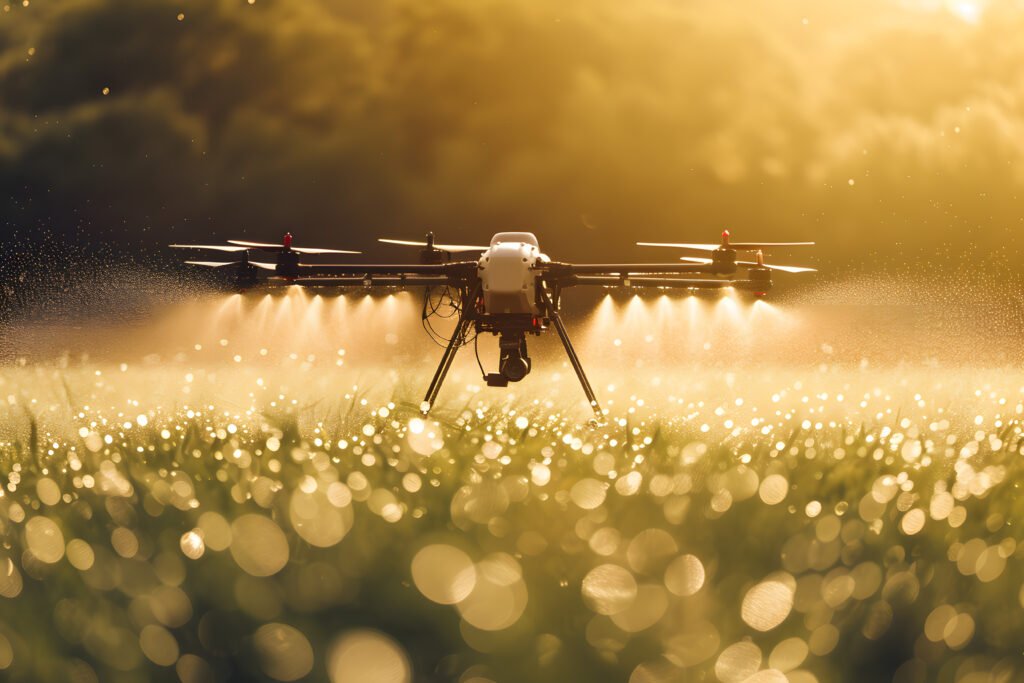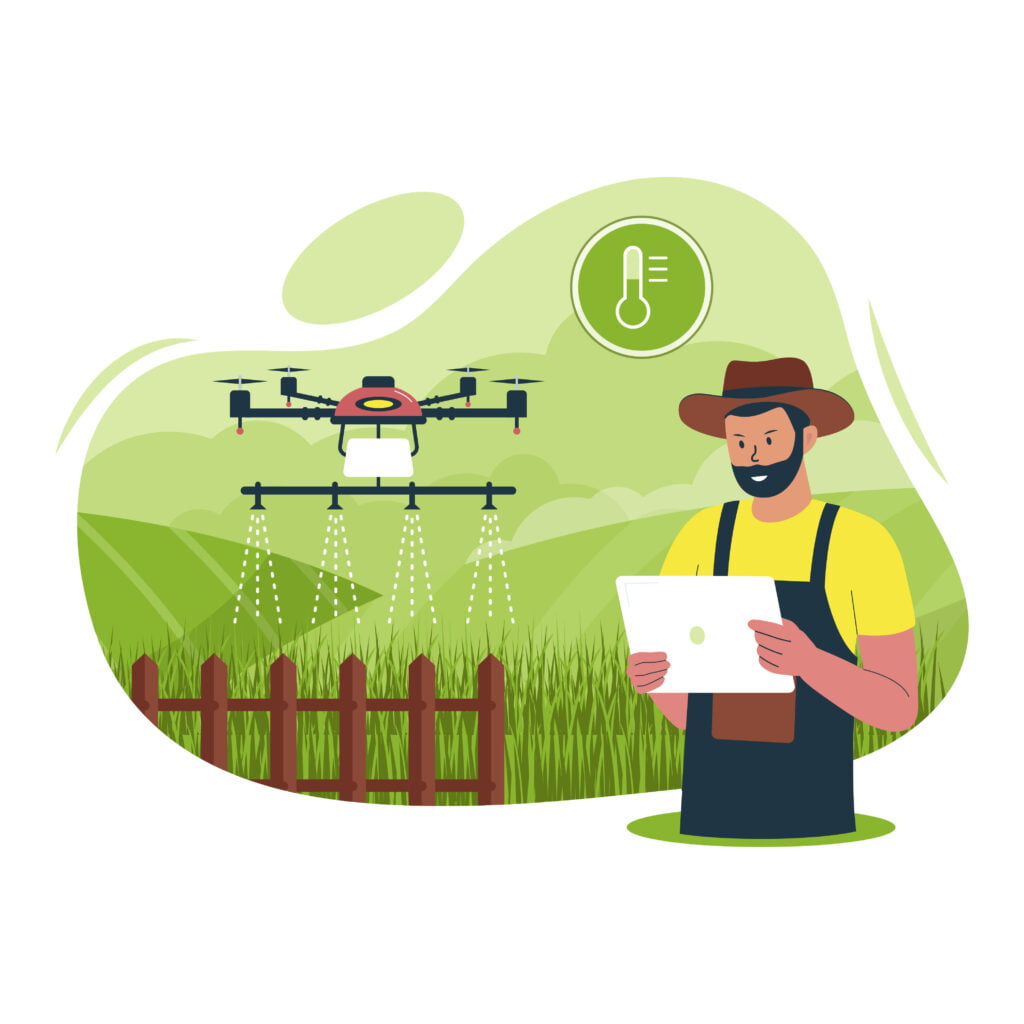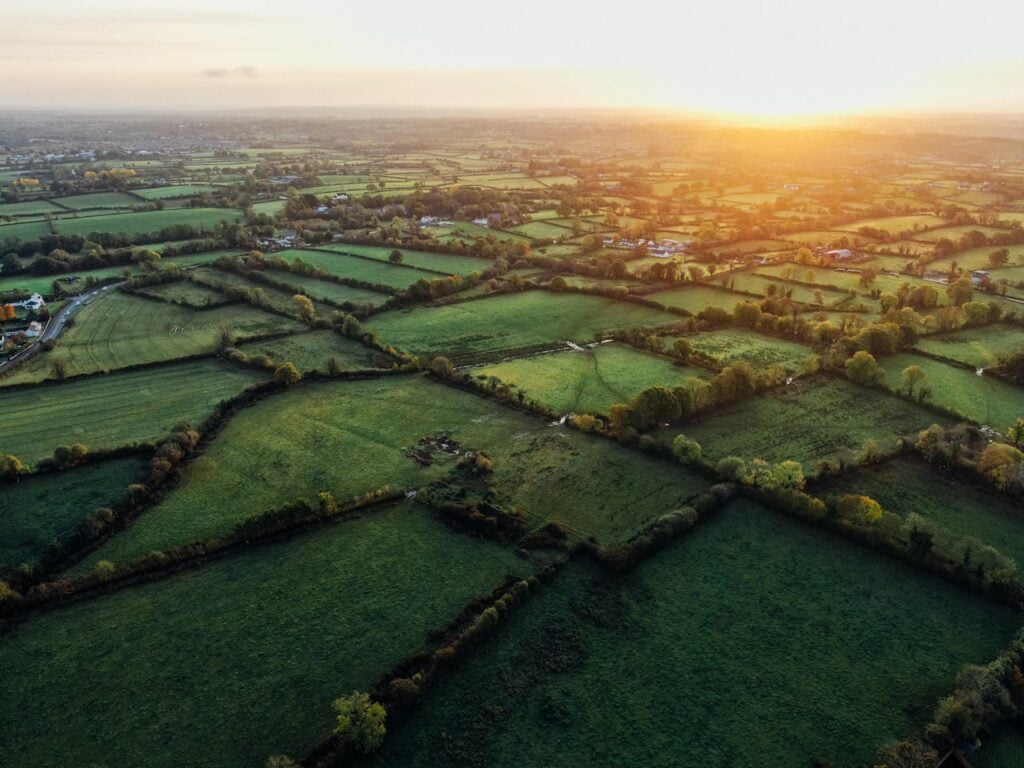
Plant protection drone, as the name suggests, is an unmanned aircraft used for agricultural and forestry plant protection operations, this type of unmanned aircraft consists of a flight platform (fixed-wing, single-rotor, multi-rotor), GPS flight control, spraying mechanism consists of three parts, through the remote control on the ground or GPS flight control, to realize the spraying operation, you can spraying agents, seeds, powders and so on.
There are two key words, one is “agriculture and forestry plant protection”, which explains the use of this machinery is used for plant protection, agricultural plant protection, simply put is the use of tools, drugs, etc. for the protection of crops, prevention and killing of pests and weeds, to ensure that the growth of crops, to ensure the ripening of fruits, and to increase the yield of food. In the countryside, there are “three kinds of seed, seven points to protect”, plant protection can be said to be “insect mouth to seize food”. Over the years, the grain yield has reached record highs, and plant protection is inseparable.
Another is “unmanned aircraft”, which means that this is a remote control, no manned aircraft, means a modern intelligent machinery used in agriculture, which will accelerate the change of global agricultural modernization, and continue to enhance the level of specialization of agricultural services, socialization, and thus will also reverse the promotion of agricultural drone industry. Booming development.
The development of plant protection drone
As early as the beginning of the 20th century, there was a precedent of applying airplanes for agricultural plant protection in Canada, but at that time, manned airplanes were used.
Japan was one of the first countries to use micro and small agricultural drones in agricultural production. 1987, Yamaha was commissioned by the Japanese Ministry of Agriculture to produce the first 20kg-class spraying drone “R-50”, and since then Japan has widely used unmanned helicopters for field crops. After that, Japan has widely used unmanned helicopters on field crops.
With the progress of science and technology and the cost reduction brought by mass production, the global plant protection drone has entered a high-speed development stage since 2015, and the drone technology adopts RTK precise positioning combined with the flight control system to map the field and intelligently plan the route, one-key takeoff and landing, return flight, breakpoint spraying, autonomous spraying, and voltage return to detect the status of the drone, and various drone autonomy and intelligent operation functions have gradually been realized, and the distance from the real unmanned operation is getting closer and closer.
What are the advantages of drone plant protection compared to other plant protection methods?
At present, there are three main types of plant protection dosing methods in existence:
- The first is the traditional manual spraying;
- The second is the modern ground-walking plant protection machinery used in agriculture and forestry plant protection;
- The third is the drone plant protection operation that has emerged in recent years;
All along, agricultural production is more farmers through the backpack drug box to spray pesticides, this way has existed for a long time, and still need to continue for some time. The use of backpack pillboxes to manually spray pesticides also has many drawbacks at the same time: there are many disadvantages of this traditional way of manually spraying with backpack pillboxes, such as:
- The amount of water used for manual dosing is large.
The use of backpack pill box dosing, mu spraying dosage of about 20-30 kg.
- Low utilization rate of pesticides
This way of application, a large number of pesticides (about 60%) will fall to the soil with the low water, and the droplets retained on the leaf surface will also remain on the leaves in the form of small droplets due to the lack of diffusivity, and the utilization rate is also very low.
- Low efficiency
A young laborer with a backpack medicine box can apply up to 20 acres of medicine per day.
- Human Hazard
The applicator is not separated from the pesticide, and during the spraying process, the pesticide will cause harm to the human face and skin, and pesticide poisoning occurs from time to time.
The ground walking plant protection machinery (sprayer) is a large-scale plant protection equipment in recent years, with high efficiency, convenience, safety and other characteristics, but due to the diversity of arable land, some slopes, hills, uneven land, the ground walking plant protection machinery is more difficult to apply drugs. Moreover, if you want to utilize the ground walking plant protection machinery operation, you often need to reserve a certain width of the channel between the crops, otherwise it will cause some damage to the crops.
Plant protection drones are also a new type of modernized plant protection equipment that appeared only in recent years, which also has the characteristics of high efficiency, convenience and safety.
However, unlike ground-walking plant protection machinery, plant protection drones are virtually unaffected by terrain and do not need to reserve channels because they fly above crops and rely on propeller down-pressure wind fields for pesticide spraying. All kinds of terrain and crops are almost always available for pesticide application.

With the three forms of plant protection, the backpack medicine box is definitely going to be eliminated, and the ground walking plant protection machinery, has his advantages present; but the plant protection drone, due to its comprehensive advantages, will be the most mainstream kind of plant protection equipment for a certain period of time in the future.

